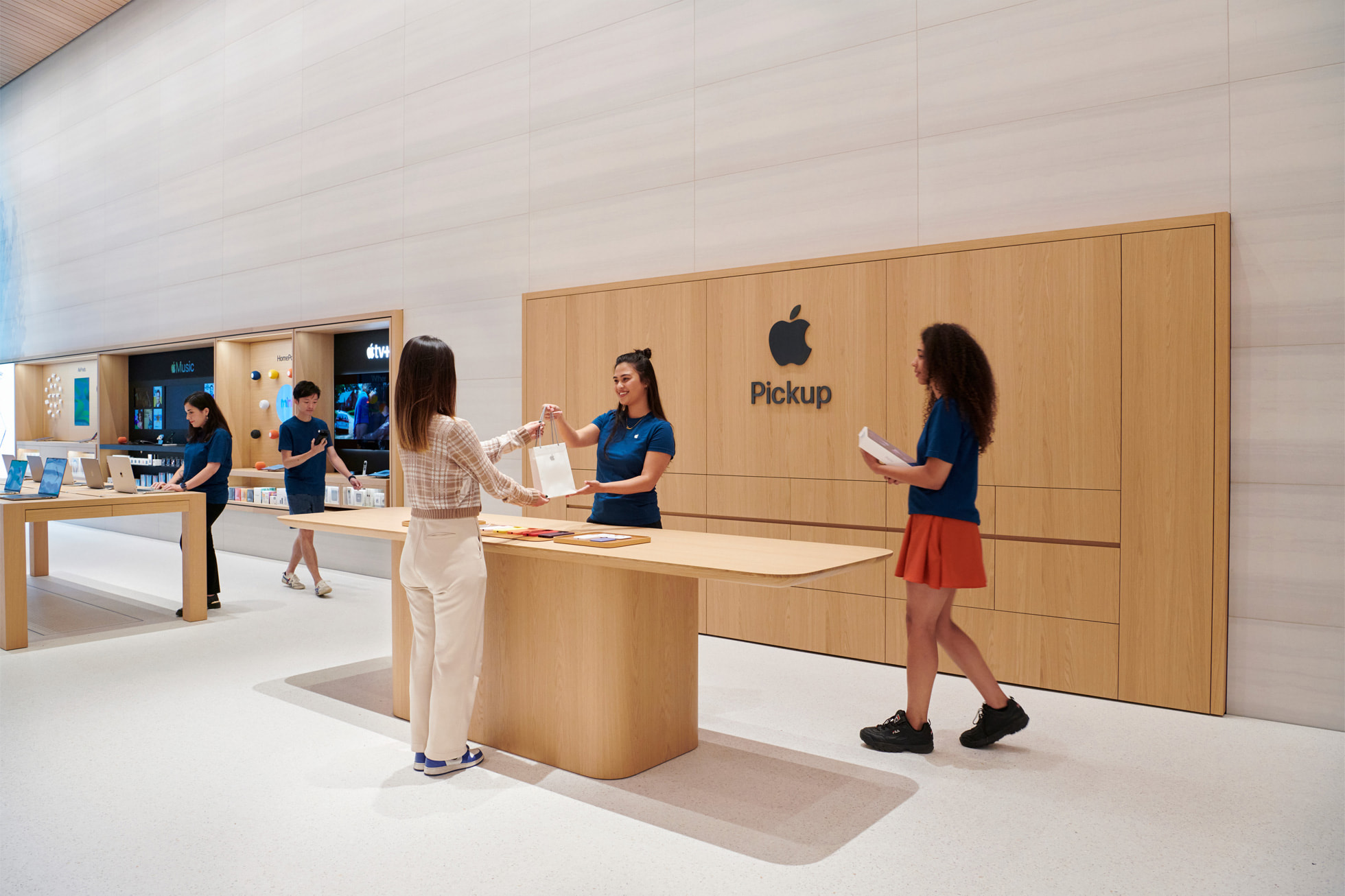
Here’s a blue checkmark that’s actually useful: Gmail has launched a new way to identify the authenticity of certain senders by displaying a blue checkmark(opens in a new tab) next to their name.
The checkmark works as you would imagine: If you see it next to the sender’s name, it means it’s a lot more likely that the sender is who you think they are.
The checkmark isn’t available for everyone, though. It only shows next to organizations who adopted the BIMI (Brand Indicators for Message Identification) system, which Google started supporting in 2021(opens in a new tab). Originally, if an organization adopted the BIMI security measures and validated their corporate imagery with Google, Gmail would display its logo instead of the generic avatar in Gmail. The new, blue checkmark shows up to the right of the organization’s name, giving recipients an additional way to tell impersonators and genuine accounts apart.

It doesn’t even cost $8 per month.
Credit: Google
Additionally, if you hover over the sender’s name, you’ll see a popup message saying that the “sender of this email has verified that they own (domain name) and the logo in the profile image.”
This verification system can work well only if it’s adopted widely; for now, I’ve seen the blue checkmark displayed in emails from just a handful of brands, including Apple, Amazon, and LinkedIn. Oddly, the checkmark doesn’t show in numerous emails I get from Google, such as reminders from Google Play and Google Calendar. Hopefully we’ll see more organizations adopt the system (and adopt it more consistently) in the future.
Google AI features for Gmail and Docs up the ante against Microsoft
Besides being a useful anti-phishing tool, the blue checkmark is a nice little jab at Twitter, whose own blue checkmarks have been turned from a verification tool to a badge of “honor” that users get when they pay for the Twitter Blue subscription tier. While Twitter still verifies accounts who have signed up for Twitter Blue, one of the problems that arose from the new system was that a vast number of users simply refused to pay up, prompting Twitter to once again give the checkmarks away for free, though only to certain celebrity accounts.





